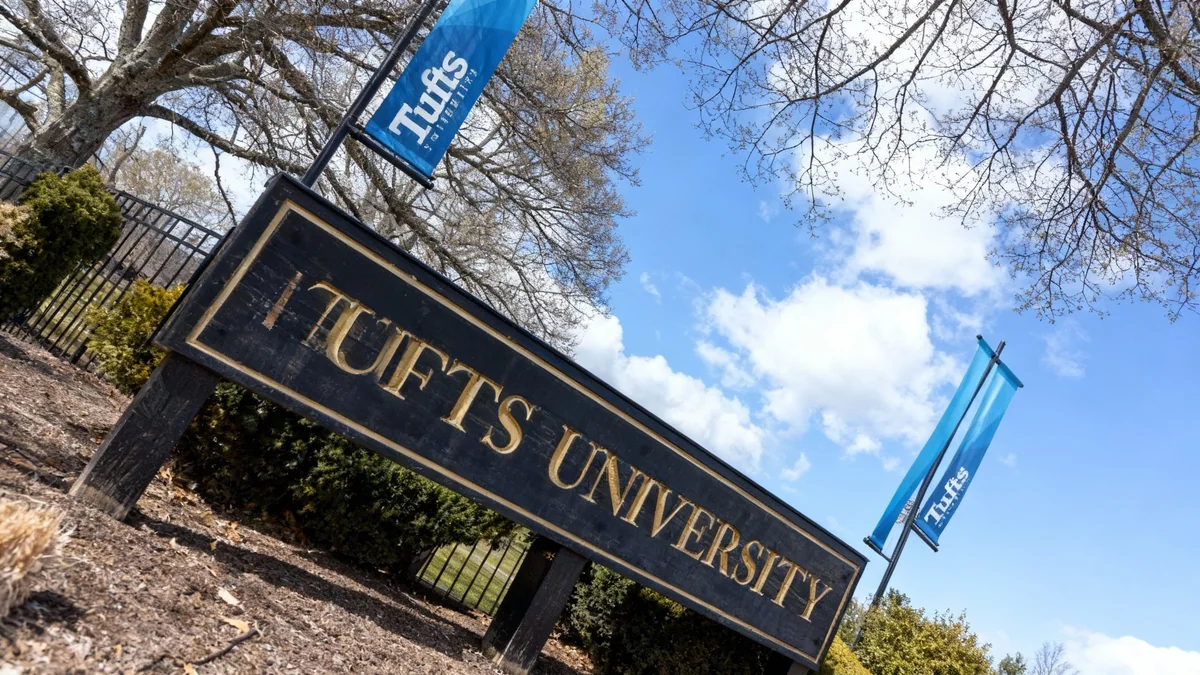The Seattle School Board has identified a single finalist to lead Washington's largest school district, tapping a Michigan superintendent known for fiscal turnarounds to navigate a period of significant financial and operational challenges. Ben Shuldiner, the current head of the Lansing School District, was named the sole candidate following a 6-0 vote by the board on Wednesday.
The decision authorizes the board's leadership to begin contract negotiations with Shuldiner, who is expected to take the helm of Seattle Public Schools in early 2026. He will inherit a district grappling with a severe budget deficit, declining enrollment, and lingering community distrust following a recently abandoned plan to close numerous schools.
Key Takeaways
- Ben Shuldiner, superintendent of Lansing School District in Michigan, has been named the sole finalist for the Seattle Public Schools superintendent position.
- The Seattle School Board voted unanimously (6-0) to enter contract negotiations, citing his financial expertise and track record.
- Shuldiner is credited with closing a $20 million budget gap and increasing enrollment in the smaller Lansing district.
- He will face major challenges in Seattle, including a financial crisis, school safety concerns, and rebuilding community trust.
A District Seeking Stability
Seattle Public Schools, which serves approximately 50,000 students, has been in a state of transition. The district's last permanent superintendent, Brent Jones, departed his role earlier than planned, leading to the appointment of Chief Operations Officer Fred Podesta as interim leader. The search for a permanent replacement was conducted confidentially, a strategy board members said was necessary to attract a strong pool of experienced, currently employed candidates.
The process, which started with over 40 applicants, was eventually narrowed to two finalists. Board members publicly stated that Shuldiner, previously known only as “Candidate 7,” was the clear standout. His experience in tackling complex financial problems was a frequently cited reason for his selection.
Seattle's Pressing Challenges
The next superintendent will immediately confront several critical issues. The district is facing an ongoing budget crisis that prompted a controversial proposal to close more than 20 schools last year. Though the plan was ultimately withdrawn after intense public backlash, the underlying financial problems remain unresolved. Additionally, concerns over school safety and a perceived lack of transparency have created a trust deficit between the district's central office and the community it serves.
A Track Record of Turnaround
While the Lansing School District is significantly smaller than Seattle's, with just over 10,000 students, Shuldiner’s supporters point to his accomplishments there as evidence of his capabilities. During his tenure, which began in 2021, he is credited with erasing a $20 million budget deficit and growing the district's reserve funds to more than $40 million.
Beyond finances, the Lansing district saw its first enrollment increase in 30 years under his leadership. Graduation and attendance rates also showed marked improvement. Shuldiner has argued that Lansing, as a diverse urban district where over 50 languages are spoken, shares important characteristics with Seattle.
“We’ve moved mountains there,” Shuldiner said in an interview before the board's vote. “And I know that we can do great work in Seattle.”
From New York City to the Pacific Northwest
Shuldiner's career in education spans more than 25 years and includes experience in the nation's largest school system. Before moving to Michigan, he worked in New York City's public schools. In 2003, he founded the High School for Public Service in Brooklyn and served as its principal for a decade.
His resume also includes roles as a lecturer in education leadership at Hunter College and serving on the New York City Board of Education’s Panel for Education Policy. This extensive background in districts of varying sizes, he believes, has prepared him for the unique scale of Seattle.
Before leading Lansing's 10,000-student district, Ben Shuldiner worked extensively within New York City's public school system, which serves over a million students. He views Seattle's 50,000-student district as a unique opportunity to apply his experience on a significant scale.
Board Cites Financial Acumen and Directness
During public discussions, board members expressed confidence that Shuldiner possesses the specific skills Seattle needs at this moment. Board member Joe Mizrahi noted his appreciation for the candidate's direct communication style and financial clarity.
“I thought that my preferred candidate spoke with a specificity and clarity on the budget that will be very helpful to the community,” Mizrahi stated at a meeting on October 29, adding that he also valued Shuldiner’s “blunt nature.”
Board member Brandon Hersey echoed this sentiment, highlighting the need for a leader who is “new and different” but also has deep expertise in school finance. “My preference for [Shuldiner] has given me a level of solace that I have not experienced in a long time around the leadership of Seattle Public Schools,” Hersey said.
Looking Ahead: The First 100 Days
Shuldiner has already outlined his initial priorities. He plans to spend his first 100 days focused on listening and learning, aiming to bridge the divide between the district and the community.
“There’s a sense of historic distrust between the community and the district,” he acknowledged. “We’re all in this together and we have to break down the silos, we have to break down the walls.”
His long-term vision is ambitious. Key goals for his tenure include:
- Achieving long-term fiscal solvency for the district.
- Boosting student enrollment.
- Lowering rates of chronic absenteeism.
- Increasing the overall graduation rate.
Ultimately, Shuldiner has set a high bar for his own success and for the district. “My real goal and I think that all of our real goals should be to create Seattle as the single greatest urban school district in America,” he stated. “That’s the goal. Nothing less.”





